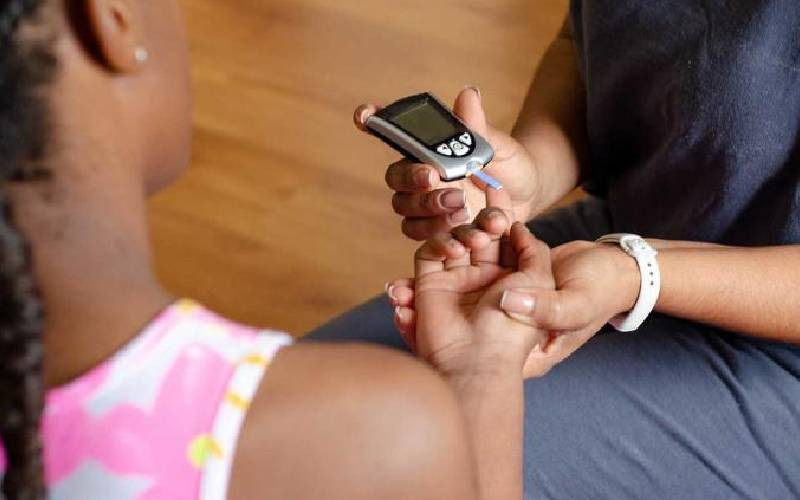×
The Standard e-Paper
Stay Informed, Even Offline

As a parent or caregiver, nothing is more critical than your child's health and happiness. However, a growing threat is impacting more families than ever before - childhood diabetes.